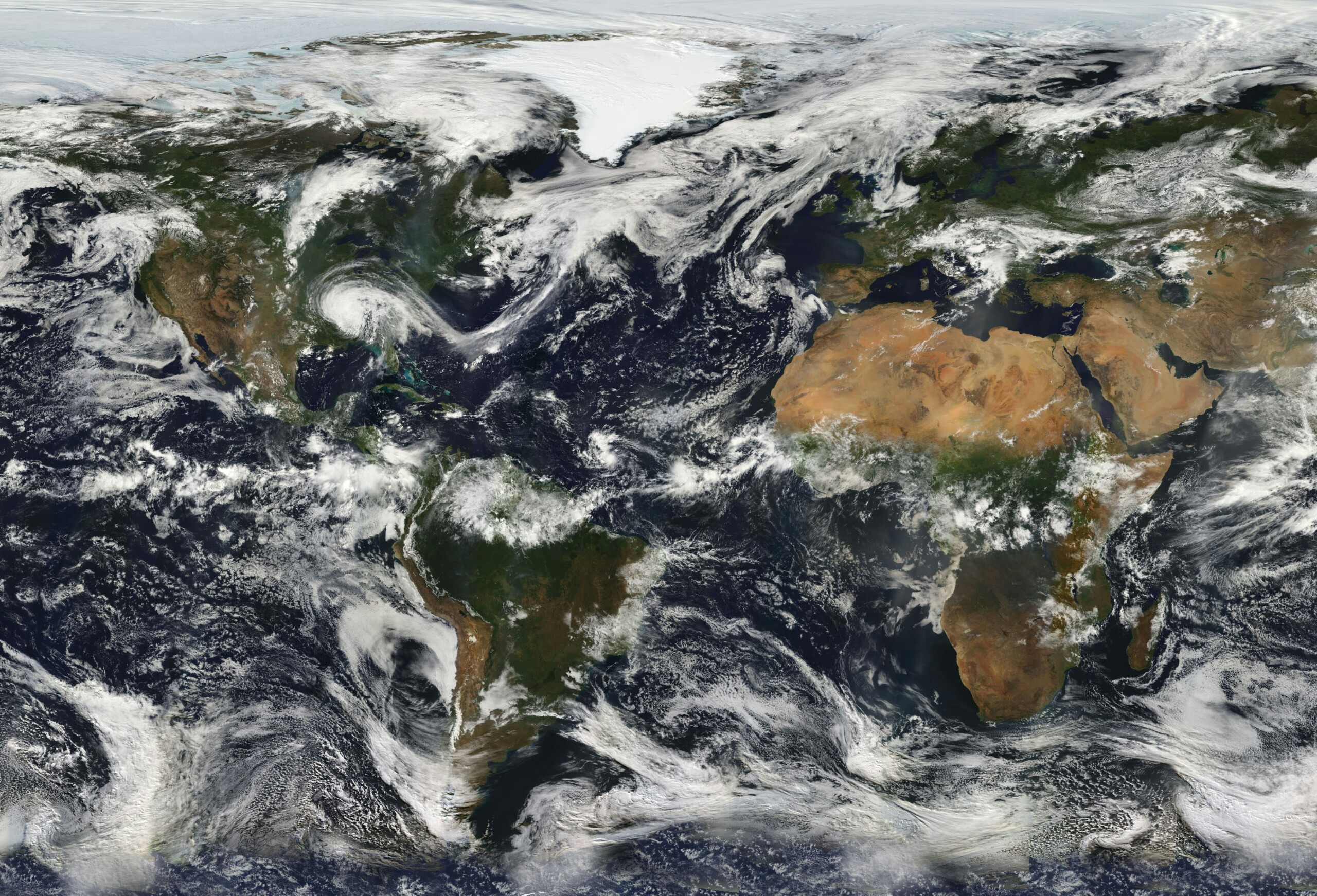This month, we have been highlighting the ways that Florida Gulf Coast businesses can protect themselves from the annual arrival of hurricane season. Whether strong winds or flooding are on the horizon, it is imperative for companies to fortify their operations – most specifically their IT departments and data protocols – to be ready for disruption. Even if the next few months do not result in a named storm for the Sarasota area, everyone should be ready for any severe weather events. Here is what the experts are saying about the 2024 hurricane season.
2024 Hurricane Season Expected to be Active
Experts are predicting that this year’s hurricane activity will be more volatile than usual. This dire outlook is based on two primary factors:
- The formation of hurricanes is facilitated by warm water temperatures in the Atlantic, typically once the water reaches about 80 degrees. This occurs between June 1 and November 30 annually. If other factors remain stable, the warmer deep ocean water becomes, the stronger the potential hurricane. In March 2024, the University of Miami reported that water temperatures in the North Atlantic Ocean were at record warmth for springtime. The area of the ocean between the Lesser Antilles and West Africa, where more dangerous hurricanes often form, reported an April heat content that is more typical for early July.
- El Niño weather conditions – which produce wind shear that scatters storms – have been prevalent in recent years but are largely dissipating and giving way to La Niña conditions. La Niña Atlantic hurricane seasons are characterized by rising, unstable air that is more conducive for thunderstorms, the beginning phases of tropical storms and hurricanes. While El Niño acts to dampen storms during hurricane season, La Niña tends to aggravate the atmosphere and cause more storms.
What Does This Mean for Florida
These types of conditions not only indicate more storms and hurricanes, but a more significant threat in the Gulf of Mexico. In 2023, the record-warm Atlantic Ocean water resulted in 20 storms, seven hurricanes, and three that reached Cat 3 or stronger intensity, even with the presence of El Niño. However, most of these storms and hurricanes steered away from the U.S., with the exception of Hurricane Idalia.
Although climate experts can make predictions based on conditions, these outlooks cannot tell any region whether or not they will be affected by a named storm. In 2010, for instance, La Niña resulted in 19 storms, 12 hurricanes, and five Category 3-plus hurricanes – but every hurricane missed the United States mainland.
Remember, even a hurricane season with relatively few storms can deliver a catastrophic weather event. Even when a storm does not make landfall, storm surges can cause devastating flooding along the coast.
Prepare Your Company for the 2024 Hurricane Season
Every company should have a plan in place to mitigate any loss of power, communication, or access to their facility – regardless of hurricane potential. Cloud services have greatly facilitated readiness for many SMBs, providing an easy off-site data backup plan without the need for purchasing additional IT infrastructure.
The move towards remote and hybrid work solutions was fueled by necessity during the pandemic and has continued to evolve. This paradigm shift has also inadvertently supported the disaster recovery and business continuity efforts of many companies, as workers are comfortable with the idea of working from a remote location should a disaster occur.
If your company does not have a documented continuity plan—or if you feel that you need help plugging gaps and vulnerabilities—call Alliance IT today. We are here to help you gain confidence that, come what may, your company will be able to rapidly recover and effectively operate.

